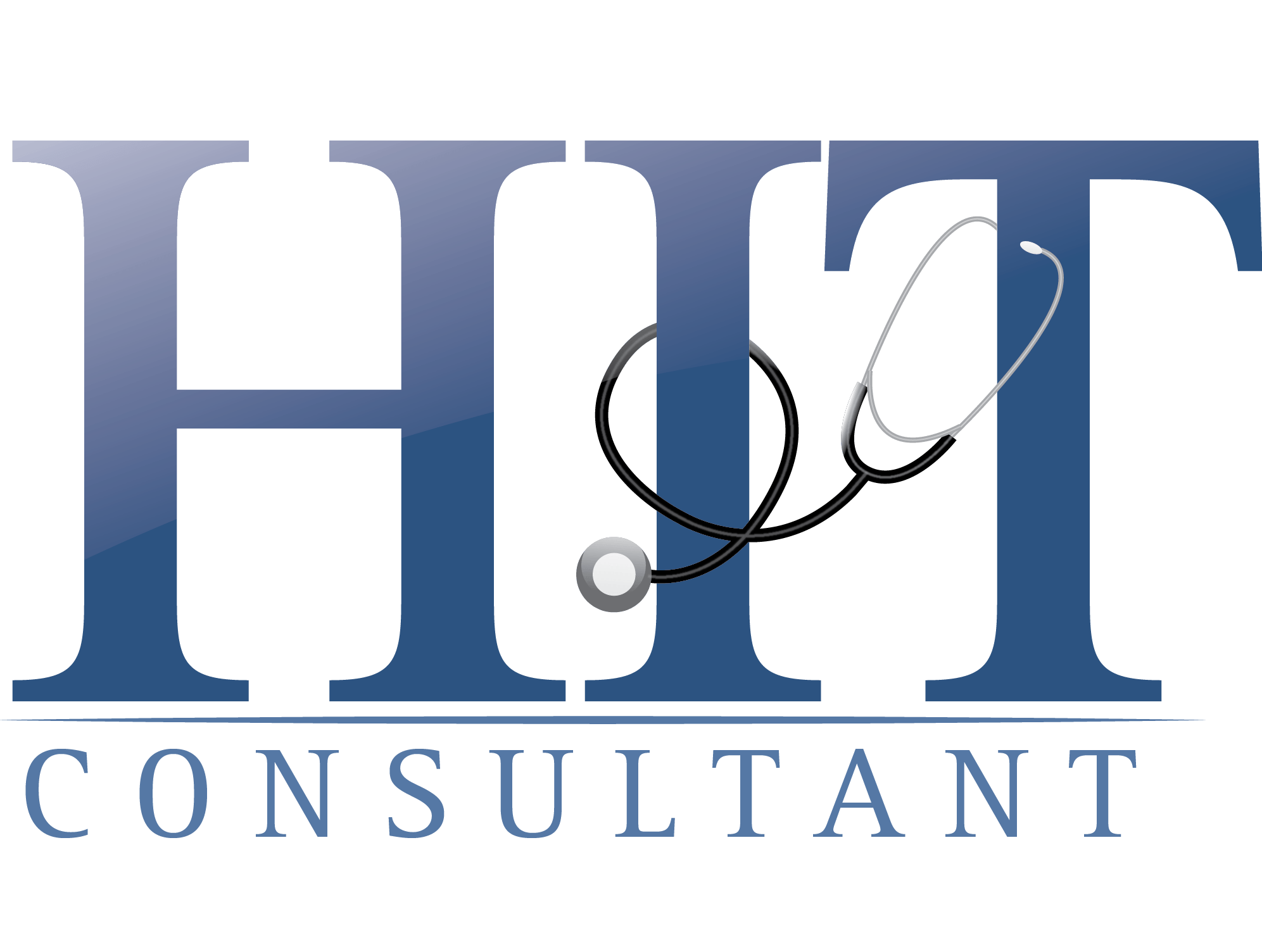
Recently, a global report from the American Journal of Managed Care has ranked the U.S. healthcare system last overall in a study of high-income nations. The abysmal ranking once again highlights glaring inefficiencies in this country’s approach to healthcare delivery.
Among the report’s most concerning findings, the U.S. ranked 10th in access to care and health outcomes, and 9th for equity and administrative efficiency. These issues paint a stark picture of a system bogged down by fragmented processes and excessive administrative burdens, leaving patients and providers to navigate a maze of inefficiencies.
The good news is these challenges also present an opportunity for innovation, especially in streamlining administrative workflows to positively impact both patient access and health outcomes.
The Problem with Administrative Inefficiency
Let’s face it; administrative complexity is one of the primary drivers of inefficiency in the U.S. healthcare system. Studies suggest that administrative tasks account for as much as 30% of healthcare spending—a staggering figure compared to other high-income nations.
These inefficiencies manifest in several ways:
- Long Wait Times: Patients often face delays in accessing care due to bottlenecks in scheduling, insurance verification, and billing processes.
- Burnout Among Providers and Staff: Administrative burdens significantly contribute to stress and burnout among healthcare workers, diminishing their ability to provide high-quality care.
- Barriers to Access: Complex and opaque billing systems can deter patients from seeking care, particularly in underserved communities.
- Medical Errors: Mistakes in patient records or insurance processing can lead to misdiagnoses or delays in treatment, directly impacting health outcomes.
The Role of Optimized Administrative Processes
Streamlining administrative workflows isn’t just about cutting costs; it’s about creating a system that enables better care delivery. Here are three key areas where optimized administrative processes can drive meaningful improvements:
1. Improving Patient Access to Care
One of the biggest barriers to care is the complexity of scheduling and insurance verification. By leveraging technology that automates these processes, practices can significantly reduce wait times and make it easier for patients to access care. For example:
- Automated Insurance Verification: Tools that check insurance eligibility in real time allow practices to identify coverage issues before the patient arrives, eliminating delays.
- Streamlined Scheduling Systems: Advanced scheduling platforms can identify and fill gaps in provider calendars, ensuring timely appointments and reducing no-shows.
- Contactless Check-In: Enabling patients to complete intake forms and upload insurance documents online simplifies the check-in process and minimizes in-office congestion.
2. Reducing Staff Burnout
The administrative burden placed on healthcare staff is a significant contributor to burnout, which can lead to higher turnover and lower morale. Streamlined workflows and automation tools help reduce manual, repetitive tasks, freeing up staff to focus on patient care. Consider these benefits:
- Efficient Billing and Payment Systems: Automating claims submissions and payment processing reduces the time staff spend on follow-ups with insurers. On average it takes 3.1 attempts to collect outstanding balance from patients.
- Eliminating phone calls: Extending options for patients to communicate via text about their care needs has the potential to reduce the call center burden by upto 70%
- Real-Time Data Analytics: Dashboards that track performance metrics in real time can help staff identify inefficiencies and address them proactively, improving both operations and morale.
3. Enhancing Health Outcomes
Administrative inefficiencies often delay care, which can worsen health outcomes. Optimized processes ensure that patients receive timely, accurate care while enabling providers to focus on their core responsibilities. For instance:
- Accurate Medical Records: Ensuring accurate, up-to-date records reduces the likelihood of medical errors and improves care coordination.
- Proactive Patient Engagement: Systems that send automated reminders for appointments, preventive screenings, and medication refills help patients stay on track with their care plans.
- Faster Reimbursements: Streamlined billing processes ensure that practices maintain financial stability, allowing them to invest in quality improvements that benefit patients.
- Screening for mental health and substance abuse issues: A few simple questions on an intake form yield surprisingly candid answers compared to when asked in-person a by doctor or nurse practitioner.
The Bigger Picture: Equity and Accessibility
Streamlined administrative processes can also play a critical role in advancing health equity. Complex systems often disproportionately affect marginalized communities, where patients are more likely to encounter barriers such as confusing insurance protocols or lengthy wait times. By simplifying these processes, healthcare providers can make care more accessible and equitable. For example, multilingual interfaces and culturally sensitive designs can bridge communication gaps, while transparent billing systems can reduce financial uncertainty for patients.
The Way Forward
Optimizing administrative processes is no longer optional—it is essential for creating a healthcare system that delivers equitable, efficient, and high-quality care. By embracing automation, integration, and data-driven decision-making, healthcare providers can remove barriers to access, alleviate staff burnout, and improve patient outcomes.
While no single solution will address all the challenges in the U.S. healthcare system, focusing on administrative efficiency is a critical step forward. With the right tools and strategies, providers can not only reduce costs but also create a more patient-centered, provider-friendly system—one that delivers on the promise of better health for all.
About Hari Prasad
Hari Prasad is pioneering the modernization of the entire healthcare patient experience. He is co-founder and CEO of Yosi Health, a full-service technology ecosystem that connects patients with their providers through the entire care journey before, during and after the visit creating delightful patient experiences.

